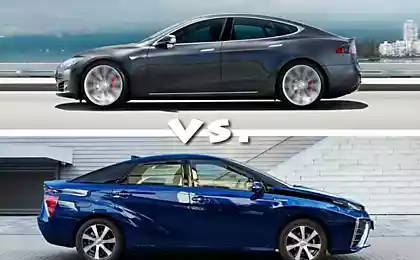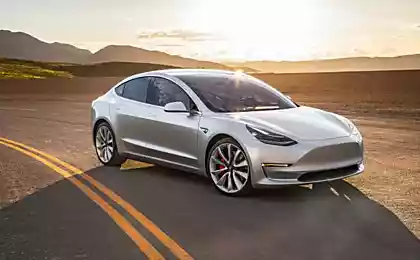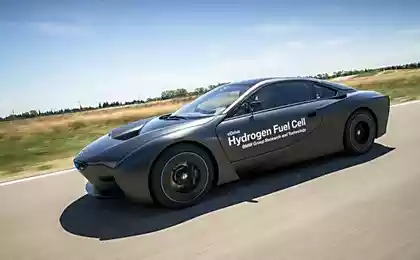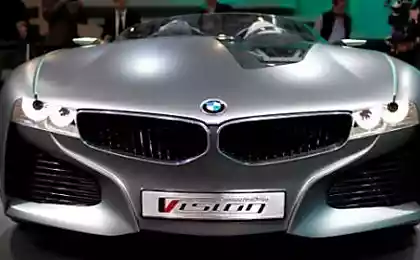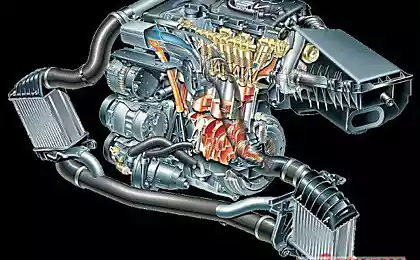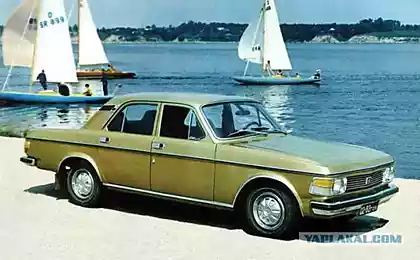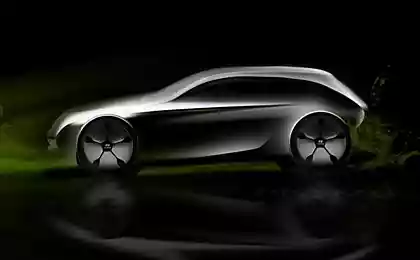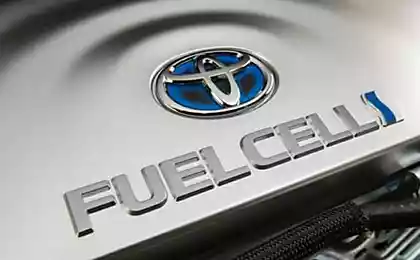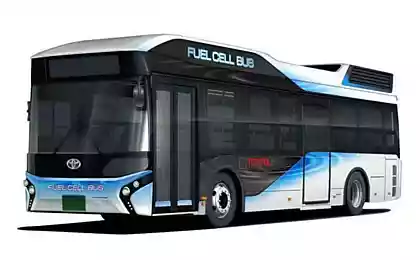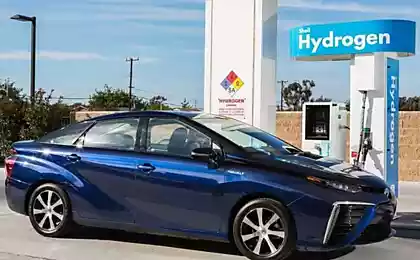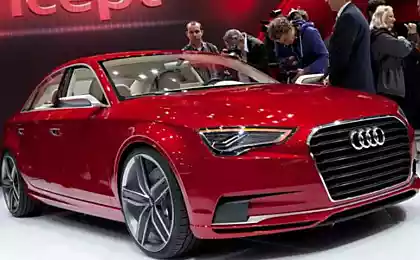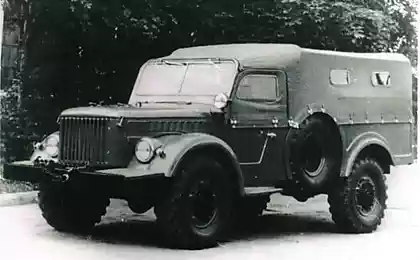245
Hydrogen fuel cell vehicles will be available next year
At least two major automakers (Toyota and Honda) are planning mass production of fuel cell vehicles next year. Mercedes-Benz also does not want to abandon this direction, in Geneva, the company even announced its readiness to release a hydrogen car by 2017.
Disputes about the feasibility of producing hydrogen fuel cell cars continue. We still need to solve several important tasks: reduce the cost of developing fuel cell power systems, reduce the cost of producing hydrogen itself, and, of course, create a full-fledged infrastructure of filling stations. Even a large car manufacturer is difficult to cope with this task. That is why Mercedes-Benz enlisted the support of two other automakers – Ford and Renault-Nissan. The German government is also a partner, which guarantees the expansion of the network of hydrogen filling stations to 400 units by 2017.
Hydrogen cars from Honda will hit the market even earlier. Last year, the Japanese teamed up with General Motors for fuel cell research. Work on a five-seat sedan with a fuel cell power system is well underway. The model is expected to go on sale in November 2015. By 2020, the company plans to produce 5,000 fuel cell vehicles and sell them in Japan, Europe and the United States.
The developers promise 500 km of autonomy on a single tank of hydrogen, which is not bad compared to the same electric cars. The only production electric car that gives the same range is the Model S from Tesla Motors. The cost of a car with such autonomy will be more than 100 thousand dollars. The same price will apply to Honda’s hydrogen car.
Next year, the world will see another hydrogen car. Toyota is going to release a production version of the FCV concept with a range of about 700 km. Toyota is more optimistic about its chances, and intends to sell over the next 5 years 10 thousand hydrogen cars. And there was synergy here. The Japanese decided to exchange with the German concern BMW experience in the field of engines using hydrogen as fuel. It is worth noting that BMW water rims work on a completely different principle: there are no fuel cells – hydrogen is simply burned in the engine.
However, the closest to the realization of the idea of hydrogen transport was Hyundai. The company has already delivered ix35 Fuel Cell test models to customers in the UK, Germany, Denmark, France and Sweden. The ix35 Fuel Cell exhaust pipe produces only water vapor, the car is equipped with a 100 kW electric motor, which allows you to reach a speed of 160 km / h. Two hydrogen tanks located between the rear wheels provide almost 600 km of travel.
Source: ecoconceptcars.ru/
Disputes about the feasibility of producing hydrogen fuel cell cars continue. We still need to solve several important tasks: reduce the cost of developing fuel cell power systems, reduce the cost of producing hydrogen itself, and, of course, create a full-fledged infrastructure of filling stations. Even a large car manufacturer is difficult to cope with this task. That is why Mercedes-Benz enlisted the support of two other automakers – Ford and Renault-Nissan. The German government is also a partner, which guarantees the expansion of the network of hydrogen filling stations to 400 units by 2017.
Hydrogen cars from Honda will hit the market even earlier. Last year, the Japanese teamed up with General Motors for fuel cell research. Work on a five-seat sedan with a fuel cell power system is well underway. The model is expected to go on sale in November 2015. By 2020, the company plans to produce 5,000 fuel cell vehicles and sell them in Japan, Europe and the United States.
The developers promise 500 km of autonomy on a single tank of hydrogen, which is not bad compared to the same electric cars. The only production electric car that gives the same range is the Model S from Tesla Motors. The cost of a car with such autonomy will be more than 100 thousand dollars. The same price will apply to Honda’s hydrogen car.
Next year, the world will see another hydrogen car. Toyota is going to release a production version of the FCV concept with a range of about 700 km. Toyota is more optimistic about its chances, and intends to sell over the next 5 years 10 thousand hydrogen cars. And there was synergy here. The Japanese decided to exchange with the German concern BMW experience in the field of engines using hydrogen as fuel. It is worth noting that BMW water rims work on a completely different principle: there are no fuel cells – hydrogen is simply burned in the engine.
However, the closest to the realization of the idea of hydrogen transport was Hyundai. The company has already delivered ix35 Fuel Cell test models to customers in the UK, Germany, Denmark, France and Sweden. The ix35 Fuel Cell exhaust pipe produces only water vapor, the car is equipped with a 100 kW electric motor, which allows you to reach a speed of 160 km / h. Two hydrogen tanks located between the rear wheels provide almost 600 km of travel.
Source: ecoconceptcars.ru/
The idea for the business greenhouse
The Chinese company Geely has bought British electric car and hybrids

